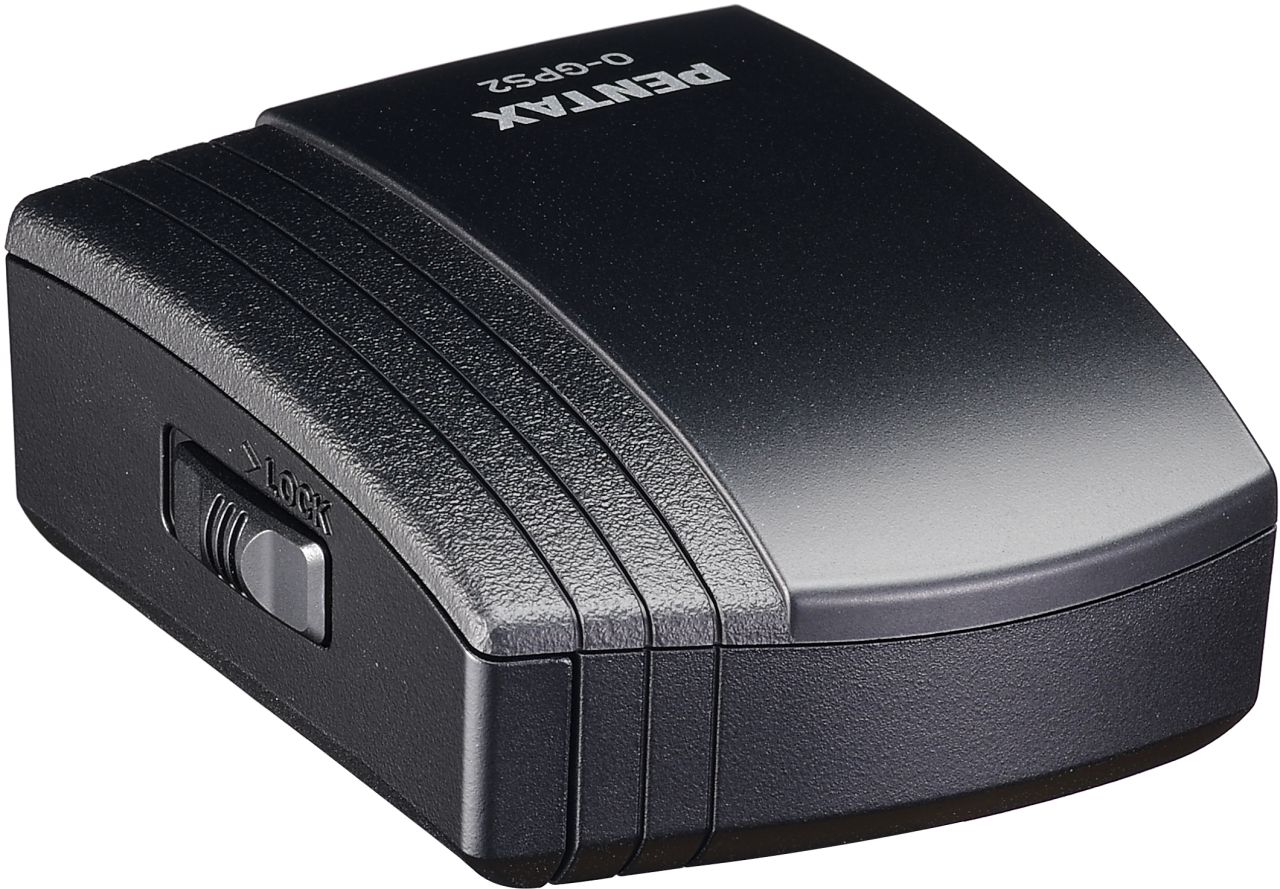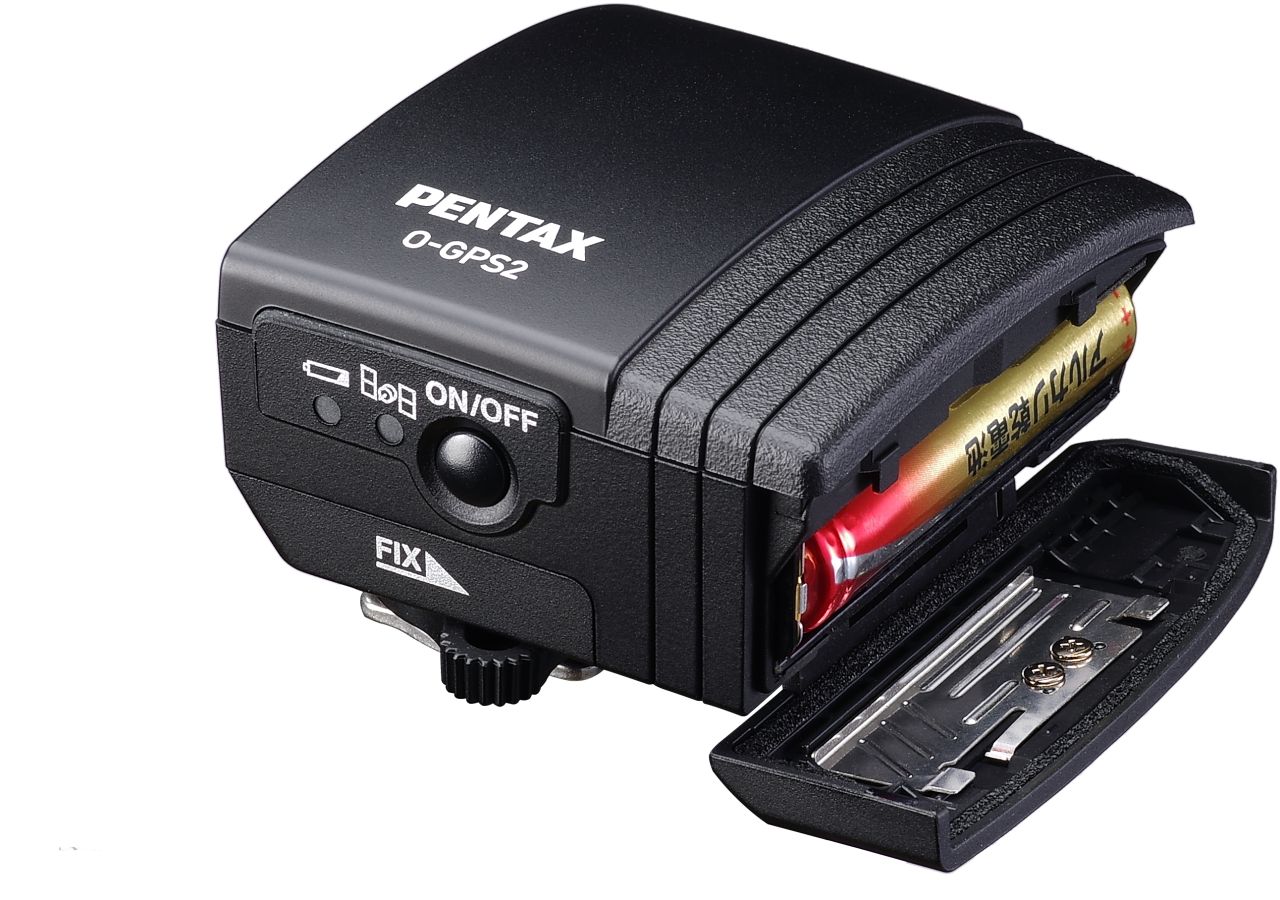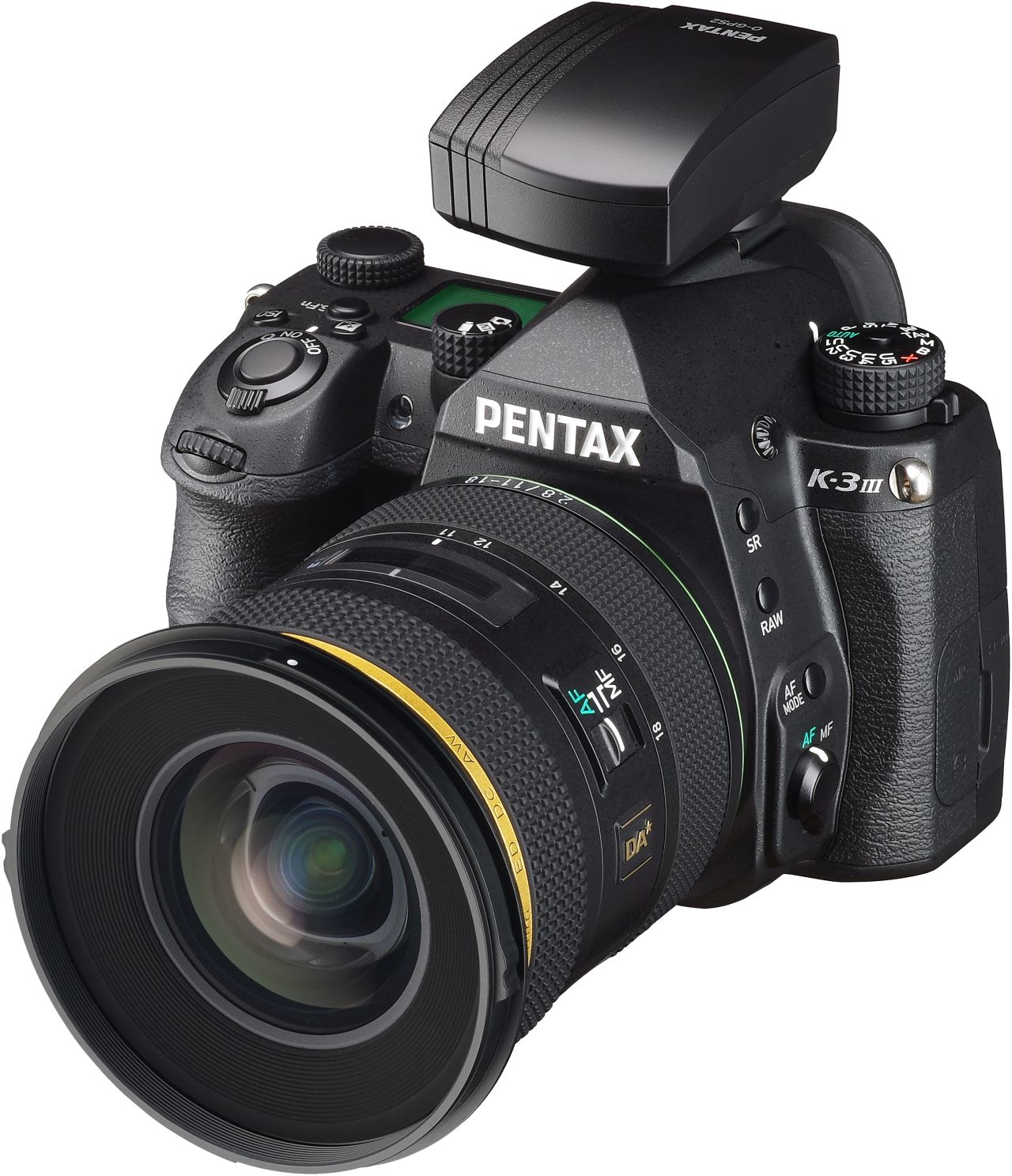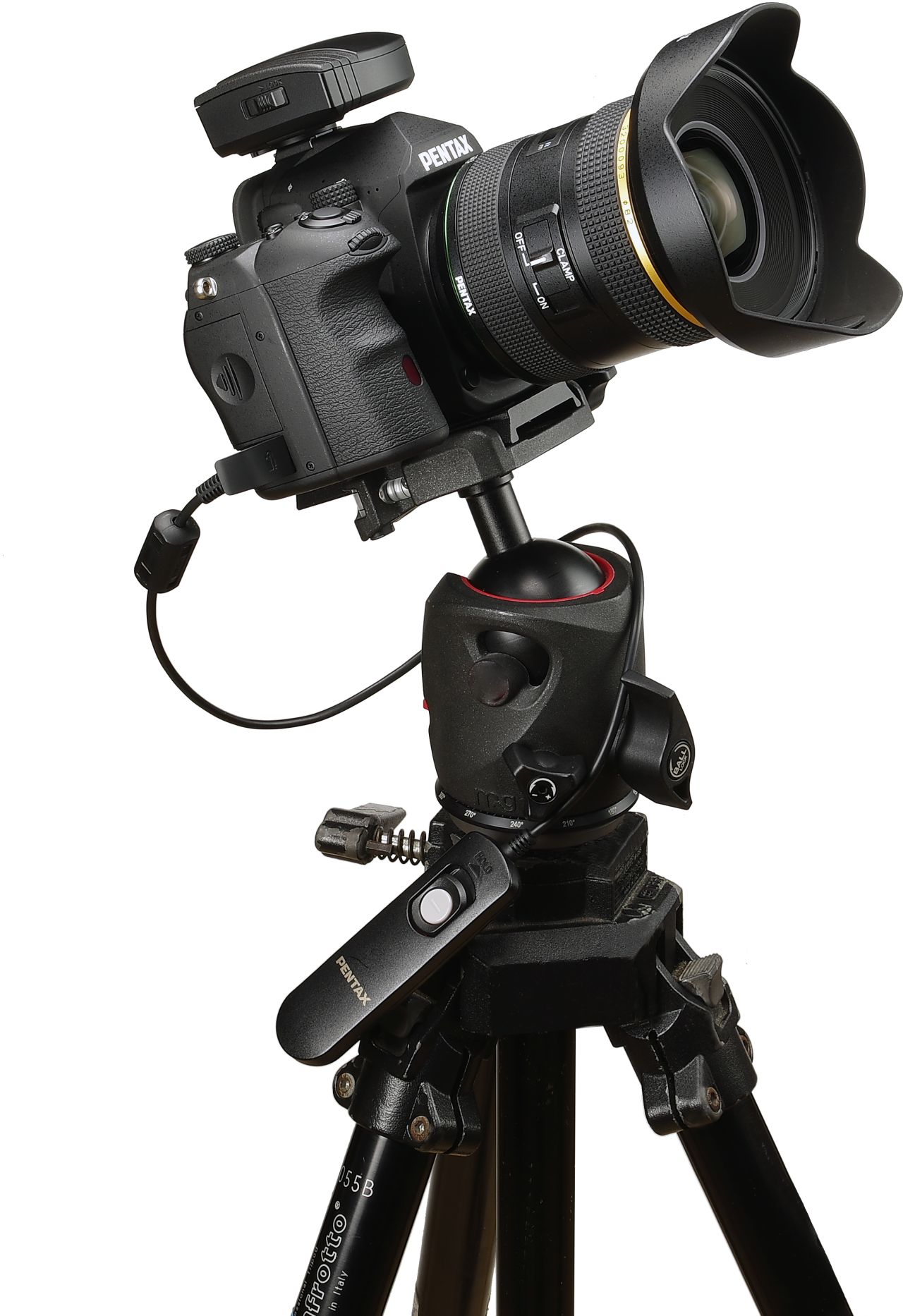Details
Pentax O-GPS2 GPS receiver
The PENTAX O-GPS2 receiver can now receive QZSS, GLONASS and Galileo signals in addition to the GPS signal.
By simply attaching the PENTAX O-GPS2 to the hot shoe of a digital PENTAX SLR camera*, the user can display the latitude, longitude, altitude, Coordinated Universal Time (UTC)
and the shooting direction on the pictures taken.
The image files with the location data can be used to track the path of the shooting locations and use the location data on a computer.
The stored location data also makes it easier to archive and manage the captured images.
By coupling the O-GPS 2 with the camera's SR (Shake Reduction) system, a number of unique and advanced applications are available, including ASTROTRACER, easy navigation and electronic compass.
- Compatible models are the PENTAX K-3 Mark III, KP, K-3, K-5II, K-5IIs, K-5, K-S2, K-S1, K-70, K-50, K-30, K-r, K-01, 645Z, 645D (from May 2022). Not all applications of all models are supported.
GPS function for recording shooting location data
The O-GPS2 is attached to the hot shoe of a compatible camera and records the latitude, longitude, altitude, Coordinated Universal Time (UTC) and shooting direction in the shooting data.
In addition to the GPS signal, QZSS, GLONASS and Galileo signals can now also be received.
ASTROTRACER for effortless astronomical photography
When the O-GPS2 is mounted on the body of the corresponding PENTAX digital SLR camera (see compatibility list), it also offers the advanced ASTROTRACER function, which couples the device with the camera's SR (Shake Reduction) system to take sharp photos of celestial bodies. The device calculates the movement of stars, planets and other celestial bodies based on the latitude obtained from the location data and the camera's orientation data (horizontal and vertical tilt and shooting direction) obtained from the magnetic and acceleration sensors, and then shifts the camera's image sensor in synchronization with the movement of the objects.
Stars and other celestial bodies are thus recorded as fixed points and not as blurred strips, even with longer exposure times.
Since only a tripod is required and no additional accessories such as a special telescope are needed, astronomical photography is made considerably easier.
In combination with the PENTAX K-3 Mark III, there are two different exposure functions. In addition to the shift parallel to the star shift, there is the half-speed function to achieve a balanced exposure of landscape and stars.
Simple navigation to a destination according to saved location data
The O-GPS2 offers a simple navigation function that can calculate the direction and distance to a specific destination from the current position.
This can be done either using the information stored with the image data or using target data created with a computer and transferred to the camera.
Electronic compass function for displaying and recording the direction
The O-GPS2 is equipped with an electronic compass function that precisely displays the direction in relation to true north on the LCD monitor based on the geomagnetism detected by the magnetic sensor and the location data.
Data on the direction of shooting can be saved on the recorded images.





Simply subscribe and benefit as a newsletter recipient every week: